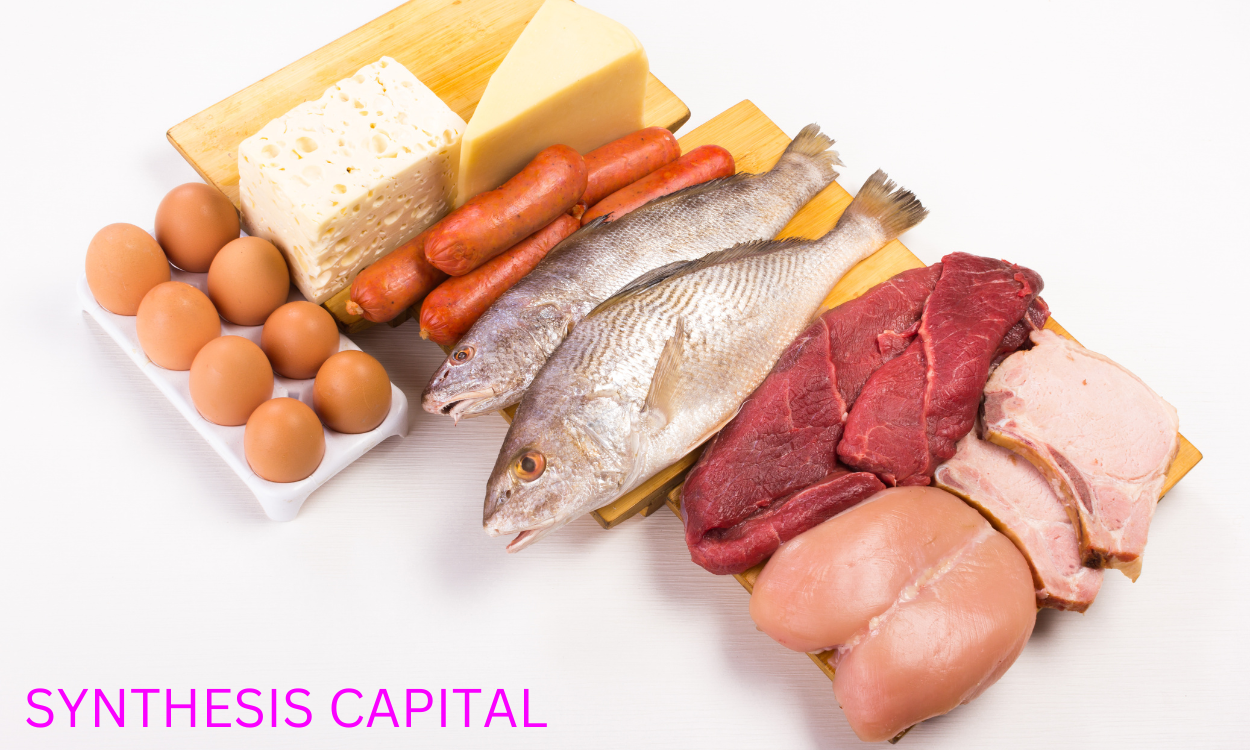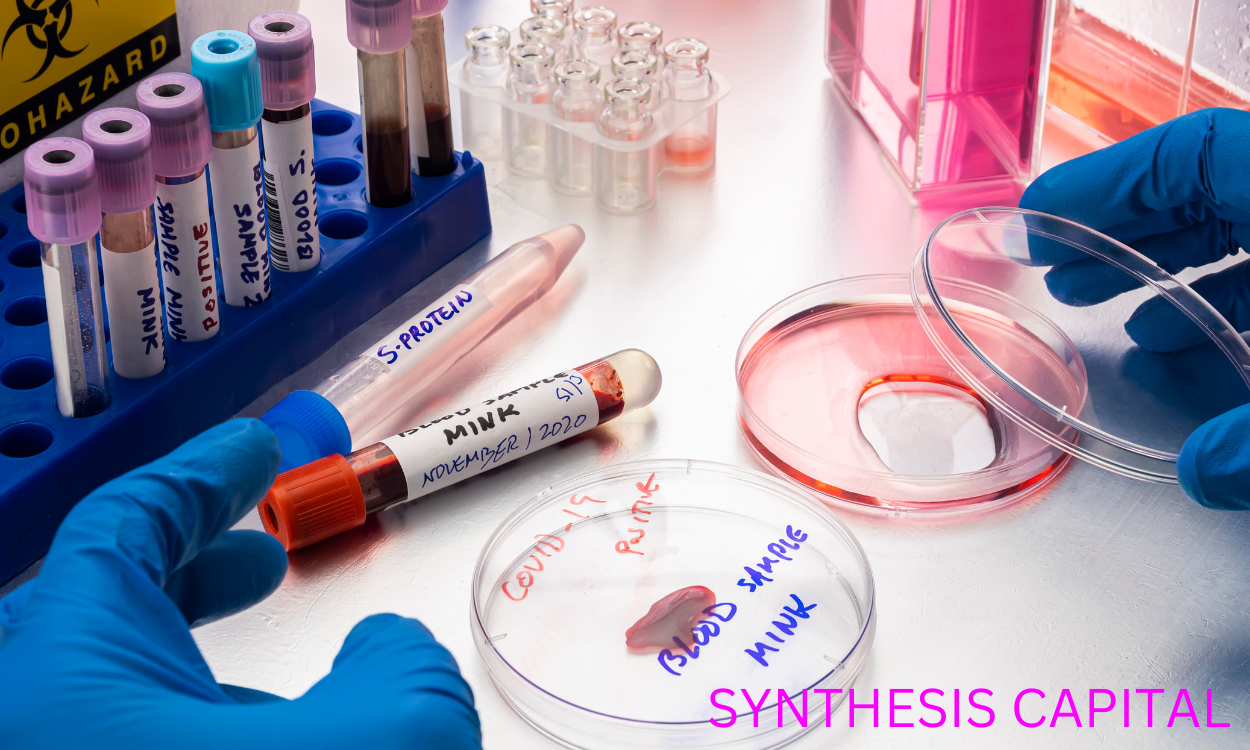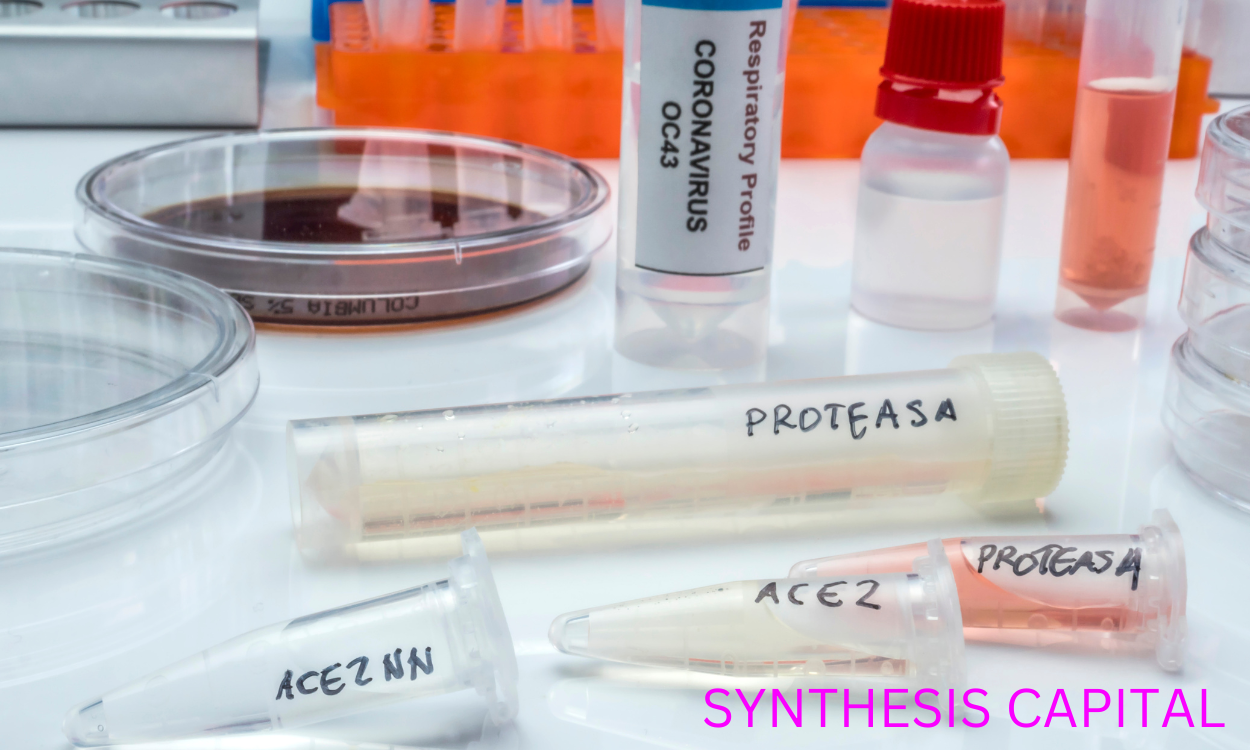Enzymes play a crucial role in various biological processes, making them valuable tools in industries ranging from pharmaceuticals to food production. One common method of obtaining enzymes is through extraction from plant sources. Plants contain a wide array of enzymes that can be harnessed for their specific properties and functions. This process typically involves breaking down the plant material to release the enzymes, followed by purification and isolation to ensure their effectiveness in various applications. Extraction of enzymes from plant sources offers a sustainable and cost-effective way to access these valuable biocatalysts for use in a variety of industries.
Common Plant Sources for Extracting Enzymes
Specific plant sources commonly used for extracting enzymes include papaya, pineapple, and kiwi. These fruits contain proteolytic enzymes such as papain, bromelain, and actinidin, which are known for their ability to break down proteins. Additionally, plants like soybeans and barley are also commonly used for extracting enzymes such as amylase and cellulase. Overall, these plant sources serve as effective and sustainable options for producing a wide range of enzymes that are utilized in various industries including food, pharmaceuticals, and textiles.

How is the extraction process different for enzymes compared to other compounds in plants?
The extraction process for enzymes differs from other compounds in plants due to the specific conditions required for preserving their activity and stability. Enzymes are sensitive to heat, pH levels, and mechanical stress, so extraction methods must carefully control these factors to maintain their functionality. Additionally, enzymes often require specific co-factors or activators to remain active outside of their natural environment, further complicating the extraction process. In contrast, other plant compounds such as pigments or oils are more robust and can be extracted using simpler techniques like solvent extraction or steam distillation without as much concern for maintaining their biological activity.
Are there any specific techniques or methods used to ensure high enzyme yield during extraction?
There are several techniques and methods that can be employed to ensure high enzyme yield during extraction. This includes optimizing the pH and temperature conditions for enzyme activity, using specific buffers or co-factors to enhance enzymatic reactions, employing various extraction methods such as sonication or freeze-thaw cycles to disrupt cell membranes and release enzymes, and utilizing purification techniques like chromatography or filtration to isolate and concentrate the desired enzymes. Additionally, proper storage and handling of samples to preserve enzyme activity is crucial in maintaining high yields during extraction processes. Overall, a combination of these strategies can help maximize enzyme yield and efficiency in extraction procedures.
Factors Affecting the Efficiency of Enzyme Extraction from Plant Sources
The efficiency of enzyme extraction from plant sources can be affected by various factors such as the type of plant material used, the age and condition of the plant, the extraction method employed, the pH and temperature conditions during extraction, the presence of inhibitors extraction of enzyme from plant source or activators in the plant tissue, and the concentration and purity of the enzymes in the final extract. Additionally, the skill and experience of the researcher performing the extraction process can also impact the overall efficiency of enzyme extraction from plant sources.
Is there a preferred time or stage in the plant's growth cycle for optimal enzyme extraction?
The optimal time for enzyme extraction from plants typically occurs during the initial stages of growth when the plant is actively producing enzymes to support its growth and development. This is because younger plants tend to have higher enzyme concentrations compared to mature plants, making them more ideal for extraction processes. Additionally, extracting enzymes during the early stages of growth allows for a higher yield of enzymes with greater activity levels, which can ultimately result in more efficient and effective applications in various industries such as food processing, pharmaceuticals, and biofuel production.

What are some potential challenges or limitations extraction of enzyme from plant source when extracting enzymes from plant sources?
Some potential challenges or limitations when extracting enzymes from plant sources include variability in enzyme concentration and activity levels depending on factors such as plant species, growth conditions, and harvesting methods. Additionally, the extraction process itself can be complex and time-consuming, requiring specialized equipment and expertise. Enzymes extracted from plant sources may also be sensitive to changes in pH, temperature, and other environmental factors, making it crucial to carefully control these variables during extraction and storage. Furthermore, obtaining high yields of pure enzymes from plant sources can be difficult and expensive, particularly for rare or less-studied enzymes.
Methods for Assessing Enzyme Purity and Activity Levels
Researchers determine the purity and activity levels of extracted enzymes through various methods such as chromatography, electrophoresis, and spectrophotometry. Chromatography separates the different components of a mixture based on their size and charge, allowing researchers to isolate and purify the enzyme of interest. Electrophoresis separates proteins based on their size and charge, providing information on the purity of the enzyme sample. Spectrophotometry measures the absorbance or emission of light by the enzyme solution, indicating its activity level. By analyzing the results from these techniques, researchers can accurately assess the purity and activity of extracted enzymes for further study and application in various fields.
Are there any sustainable or eco-friendly practices being developed for enzyme extraction from plant sources?
Yes, there are sustainable and eco-friendly practices being developed for enzyme extraction from plant sources. One approach involves using green solvents such as ionic liquids or deep eutectic solvents, which are non-toxic and biodegradable alternatives to traditional organic solvents. Another method is utilizing enzyme immobilization techniques, such as encapsulation in biocompatible materials, to improve enzyme stability and reusability while reducing the need for harsh extraction processes. Additionally, researchers are exploring the use of enzyme engineering and bioprospecting to discover novel enzymes with improved properties for more efficient extraction processes. Overall, these advancements aim to reduce the environmental impact of enzyme extraction from plant sources and promote sustainability in the biotechnology industry.
The Potential of Plant Sources for Enzyme Extraction
1. Select a plant source with high enzyme content and easy accessibility.

2. Use gentle extraction methods to preserve the enzyme's activity.
3. Consider factors such as pH, temperature, and solvent choice for optimal extraction.
4. Purify the extracted enzyme to remove any impurities that may affect its performance.